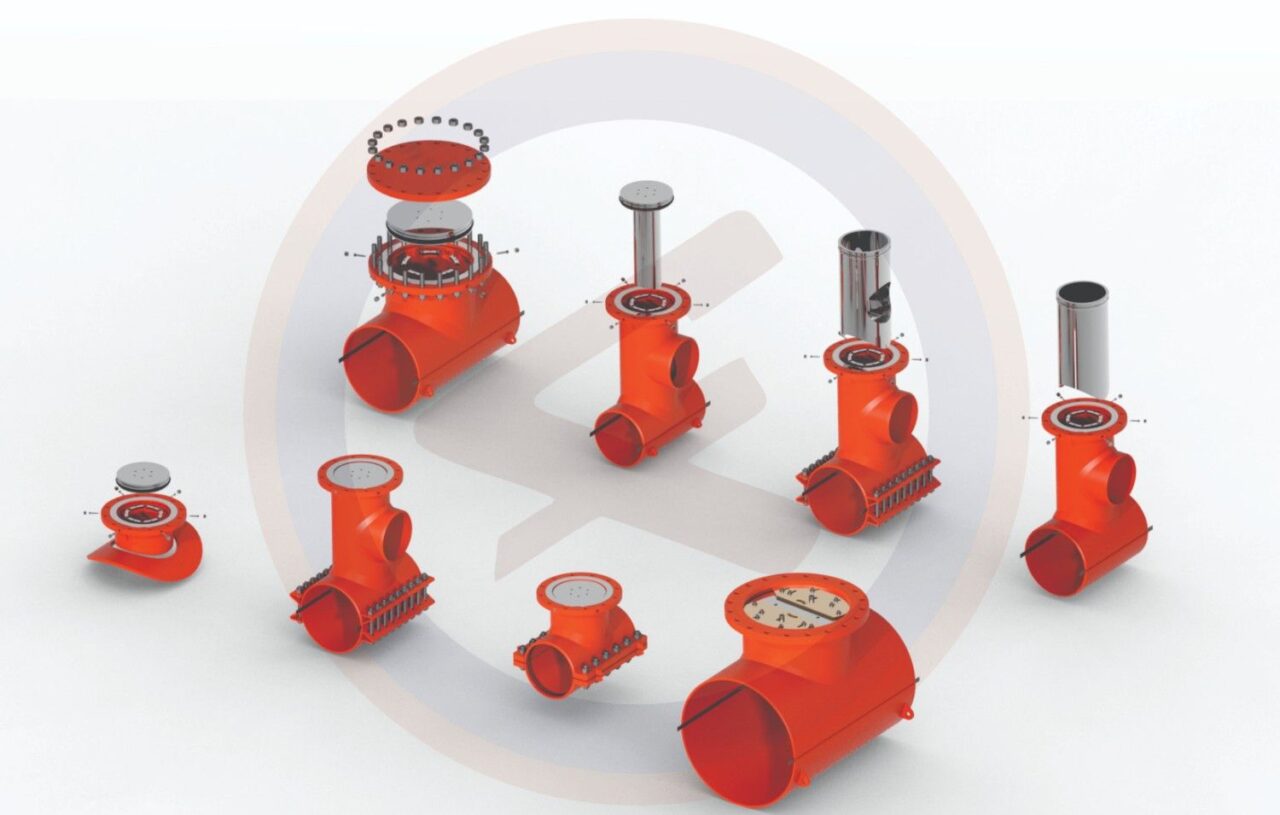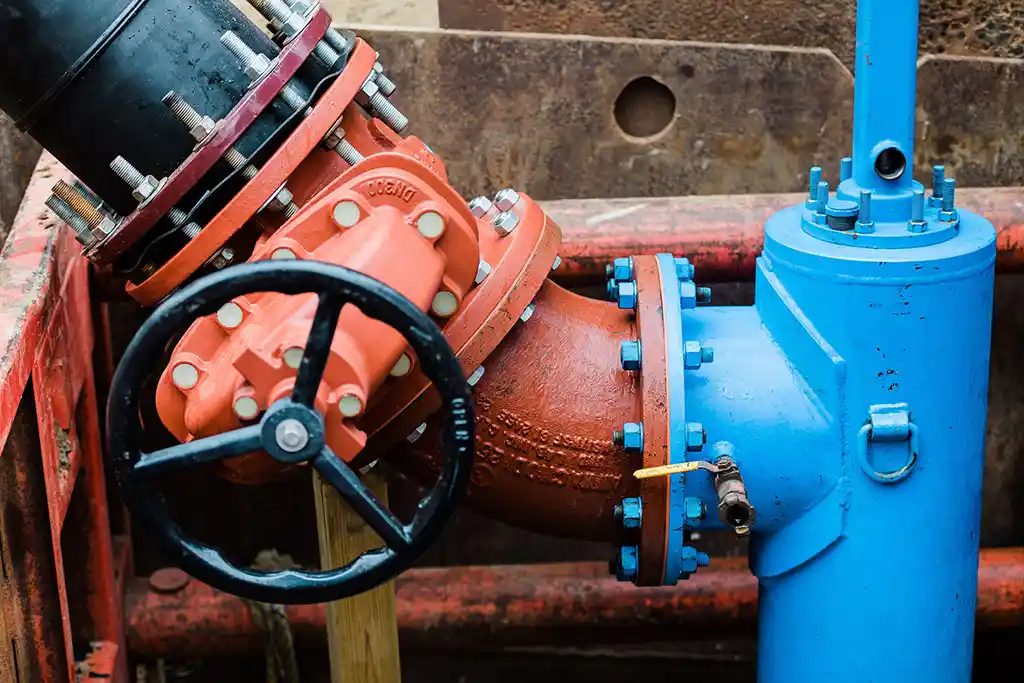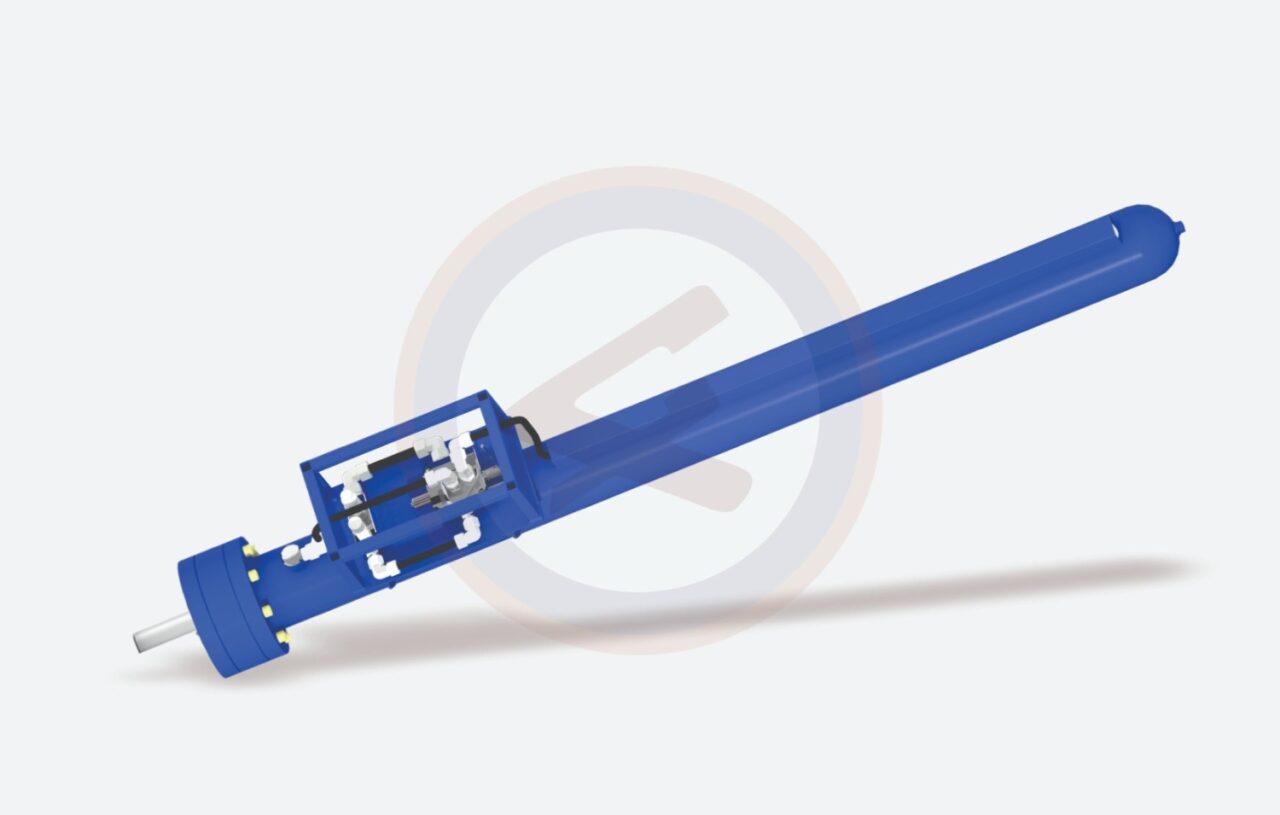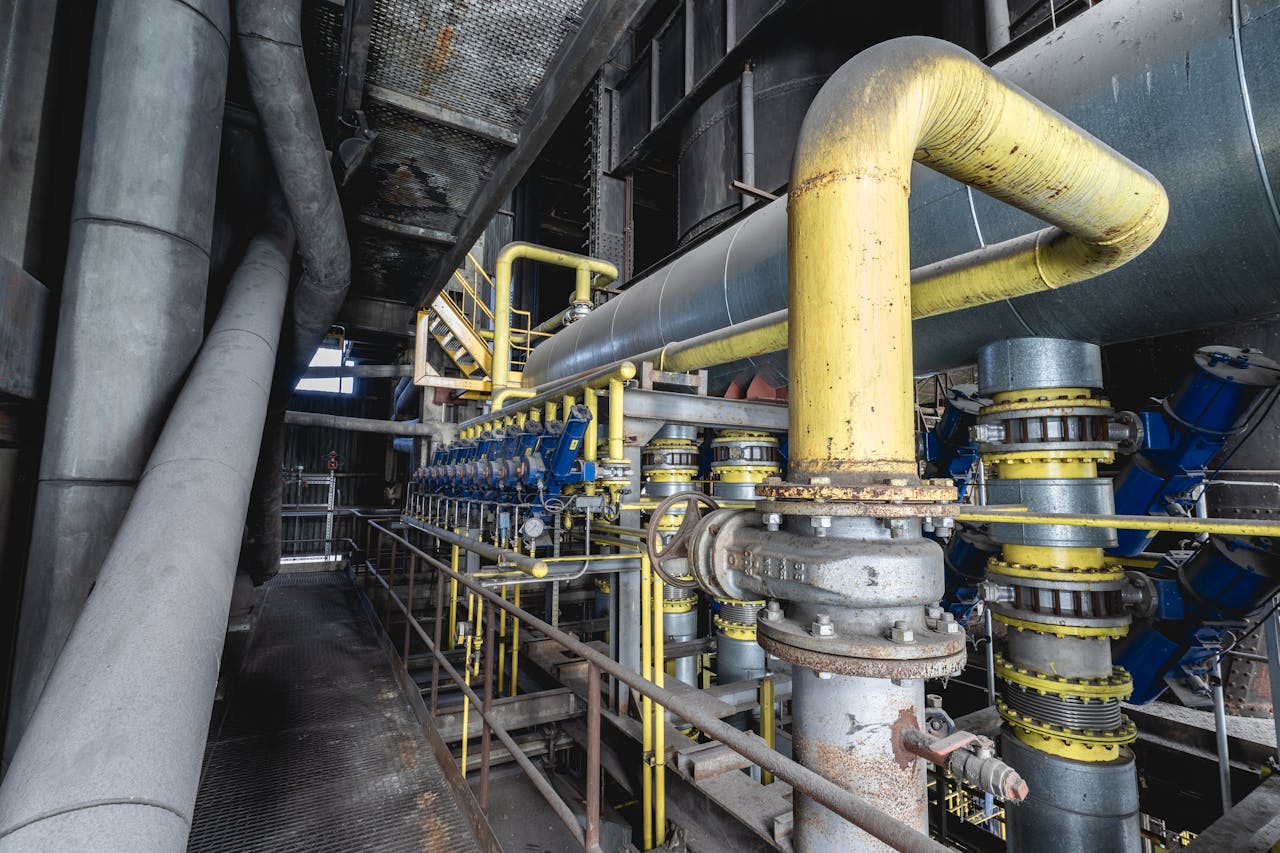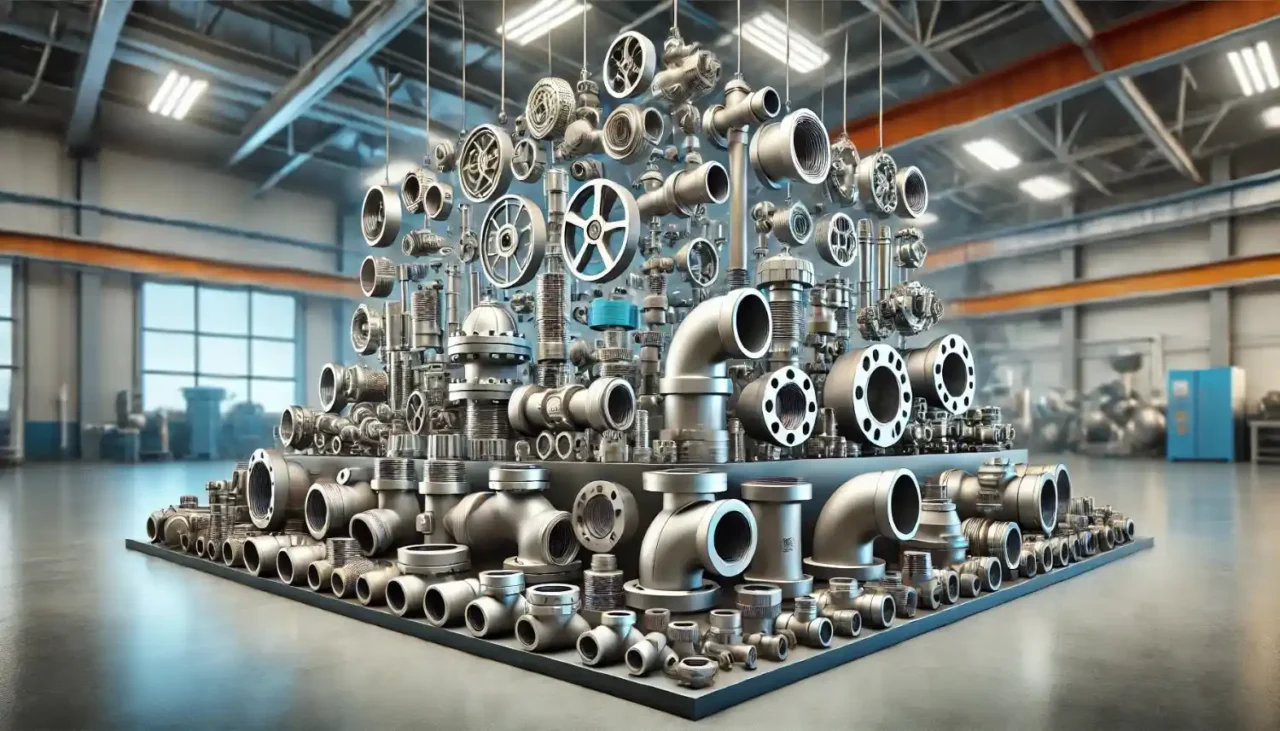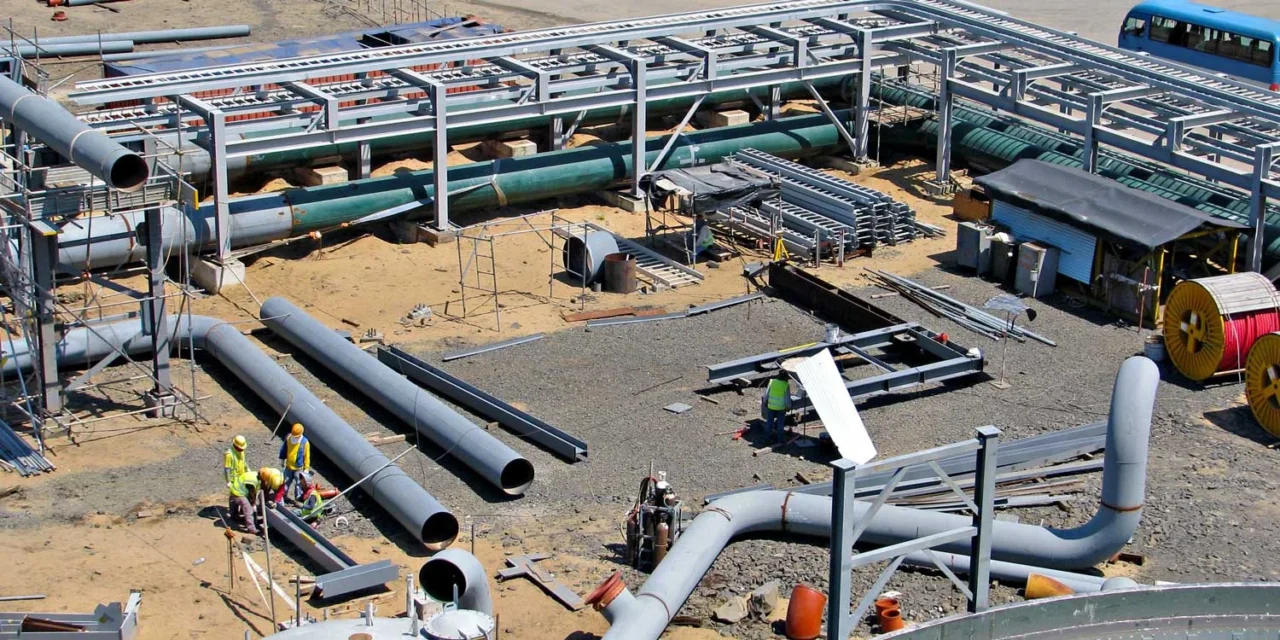What Are Insert Valves? A Complete Guide to Pipeline Flow Control
Pipelines are the lifelines of modern society. They transport water, gas, and other essential fluids that power industries, sustain communities, and support everyday living. To keep these networks efficient, certain control devices are essential. Among them, insert valves are one of the most practical and reliable solutions. Often called uni valves or univalves, they allow engineers and operators to manage flow with precision, ensuring that service continues without disruption.
The biggest advantage of insert valves lies in their ability to be installed on live pipelines. Unlike traditional valves that require draining or shutting down an entire system, these can be fitted directly into pressurized pipelines. For industries where downtime equals heavy losses, this feature is invaluable. In water distribution networks, especially, a water insertion valve makes it possible to carry out maintenance or upgrades while keeping the supply running.
Understanding how they work is vital for anyone managing pipeline systems. From insertion valve installation techniques to evaluating insertion valve cost, knowing the fundamentals helps operators make informed decisions. At F4 Holdings, we focus on providing advanced flow control solutions, helping clients across industries adopt technologies that improve efficiency and reliability.
Let’s explore what makes insert valves so important and why they’ve become a cornerstone of modern pipeline management.
What Are Insert Valves?
Insert valves are specialized devices that regulate flow within a pipeline without interrupting service. They are designed to be installed directly into an active line, even when the system is under pressure. Unlike traditional gate or butterfly valves, which demand draining sections of the network, insert valves are inserted live. A uni valve or univalve typically includes a valve body, sealing components, and a wedge or gate. Once in place, it allows operators to isolate a section of the pipeline for maintenance or expansion, while the rest of the network continues to function normally.
The water insertion valve has become a critical tool in municipal water supply systems. Cities rely on it to avoid large-scale service disruptions when pipelines need repair or replacement. Although insertion valve cost varies depending on size, material, and pressure requirements, the long-term savings are significant. Reducing downtime, cutting labor costs, and improving system efficiency often outweigh the upfront investment. With proper insertion valve installation, organizations can extend the life of their infrastructure while minimizing disruptions.
At F4 Holdings, we guide clients through selecting the right type of valve for their needs, ensuring projects are completed with maximum reliability and efficiency.
Why Are They Important?
The importance of insert valves can’t be overstated. In industries such as water, energy, and manufacturing, halting a pipeline can lead to serious economic losses and inconvenience for communities. Let us understand why these are important with the help of a few pointers:
Why Are They Important?
- Continuity of operations
In industries like water, energy, and manufacturing, shutting down pipelines can cause major disruptions. A uni valve or univalve allows operators to work on pipelines without halting the flow.
- Flexibility in upgrades and repairs
With live insertion valve installation, utilities can add new branches, replace worn sections, or make system upgrades. This ensures faster project timelines, fewer complaints, and smoother day-to-day operations.
- Enhanced safety
Insert valves make it easy to isolate sections during emergencies such as leaks or bursts. A water insertion valve helps contain problems, preventing wider service outages. - Cost-effectiveness
While insertion valve cost may seem high at first, long-term savings are significant. Reduced downtime, lower labor expenses, and uninterrupted service justify the investment.
- Proven results
Clients working with F4 Holdings have seen measurable improvements in efficiency and customer satisfaction by adopting insert valves.
A Complete Guide to Pipeline Flow Control
Pipeline flow control is about managing pressure, speed, and direction of fluids to keep systems safe and efficient. Insert valves are a central part of this process, offering unmatched control while minimizing disruptions. The process begins with insertion valve installation. Engineers carefully cut into a live, pressurized pipeline and mount the valve securely, all without interrupting flow. This is what sets the uni valve and univalve apart from traditional options. Once installed, operators can regulate flow, isolate sections, and carry out upgrades without bringing operations to a halt.
The water insertion valve is particularly valuable for municipal systems. For example, a city can replace an aging pipeline section or connect a new development without shutting off service to thousands of homes. Industries also rely on insert valves to keep production lines running during maintenance, preventing revenue loss and downtime. When evaluating insertion valve cost, factors such as size, material, and pressure ratings all come into play. But in most cases, the return on investment is clear. By keeping systems running during maintenance, these valves save organizations significant money over time. At F4 Holdings, we help clients balance technical requirements and budget, ensuring they get the most effective solution.
Insert valves also make routine pipeline maintenance more manageable. They allow operators to isolate sections quickly, reducing risks of leaks and extending the system’s lifespan. Whether for a small municipal network or a large industrial plant, these valves are an essential part of long-term flow control strategies. For anyone looking to modernize infrastructure and ensure smooth operations, upgrading with insert valves is a practical and forward-looking choice.
Conclusion
Insert valves, often called uni valves or univalves, have revolutionized the way pipelines are managed. Whether through a water insertion valve in a city network or industrial applications, they deliver flexibility, safety, and cost efficiency. While insertion valve cost depends on several factors, the savings from reduced downtime and improved reliability make them a smart investment.
At F4 Holdings, we are committed to helping clients adopt reliable insertion valve installation solutions that enhance performance and extend infrastructure life. If you want to strengthen your pipeline systems with proven technology, reach out to our team today.
Your pipelines deserve the best, and modern insert valves deliver exactly that.
FAQs
- What is a uni valve or univalve?
A uni valve or univalve is another name for an insert valve, which controls pipeline flow without requiring system shutdown.
- How does insertion valve installation work?
Insertion valve installation involves safely cutting into a live, pressurized pipeline and fitting the valve while the fluid continues to flow.
- What is the typical insertion valve cost?
Insertion valve cost varies by size, pressure rating, and material, but long-term savings from reduced downtime make it economical.
- Where is a water insertion valve commonly used?
A water insertion valve is used in municipal water systems to allow repairs or expansions without interrupting service.
- Why choose F4 Holdings for valve solutions?
F4 Holdings provides expert consultation, high-quality products, and dependable support for pipeline management, including insertion valve installation.
